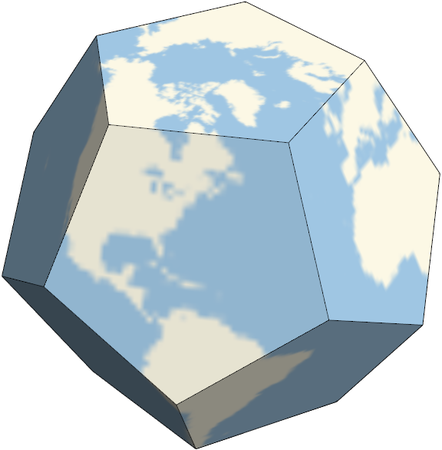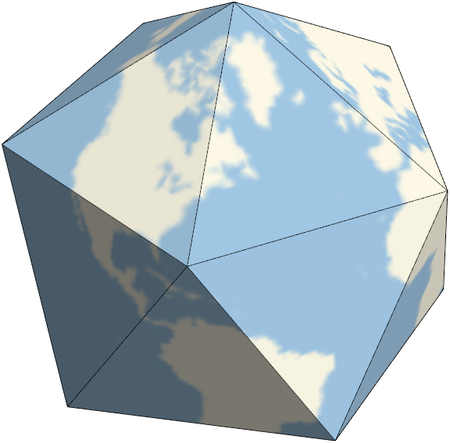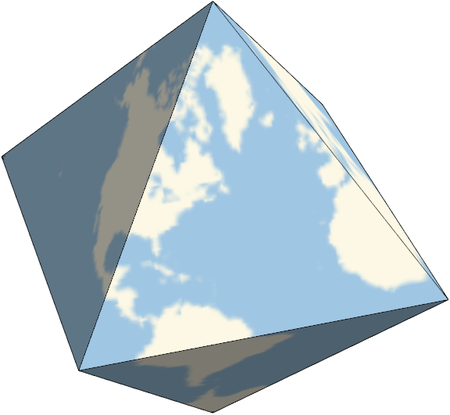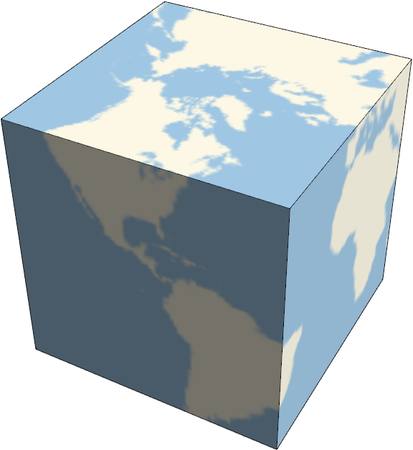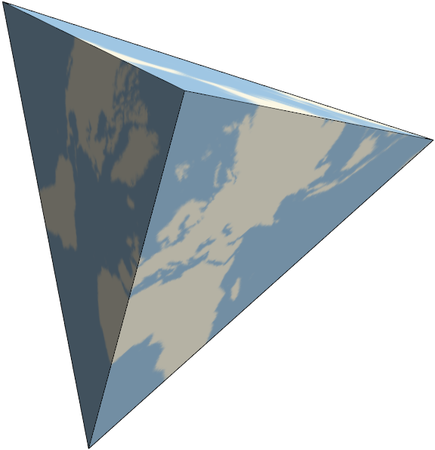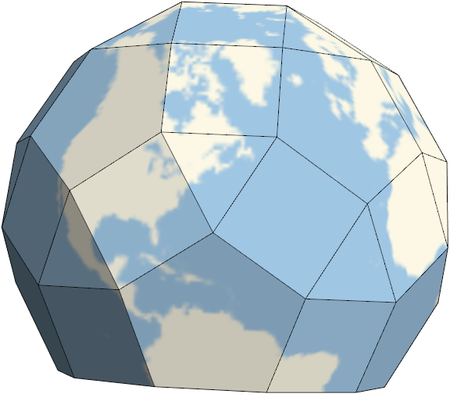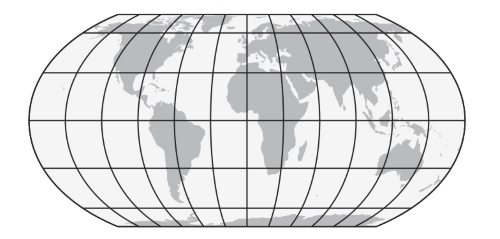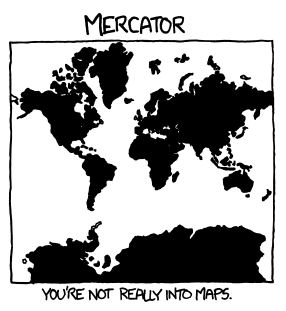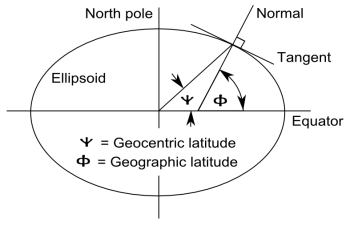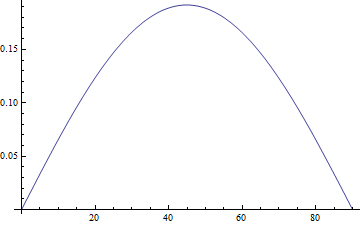Isaac Newton suggested in 1687 that the earth is not a perfectly round sphere but rather an ellipsoid, and he was right. But since our planet is roughly a sphere, it’s often useful to approximate it by a sphere. So if you’re going to do that, what radius do you use? More generally, what radius do you use when approximating any ellipsoid by a sphere?
This post will discuss the more general problem of finding the radius when approximating any ellipsoid by a sphere. We will give the answer for Earth in particular, and we’ll show how to carry out the calculations. Most of the calculations are easy, but some involve elliptic integrals and we show how to compute these in Python.
Ellipsoids and spheroids
First of all, what is an ellipsoid? It is a surface whose (x, y, z) coordinates satisfy

Earth is an oblate spheroid, which means a = b > c. Specifically, a = b = 6,378,137 meters, and c = 6,356,752 meters.
If you wanted to approximate an ellipsoid by a sphere, you could use
r = (a + b + c)/3.
Why? Because the knee-jerk reaction whenever you need to reduce a set of numbers to one number is to average them.
Volume of an ellipsoid
We could do a little better, depending on what property of the ellipsoid we’d like to preserve in our approximation. For example, we might want to create a sphere with the same volume as the ellipsoid. In that case we’d use the geometric mean
r = (abc)1/3.
This is because the volume of an ellipsoid is 4πabc/3 and the volume of a sphere is 4πr3/3.
For the particular case of the earth, we’d use
(a2c)1/3 = 6371000.7
Surface area of an ellipsoid
For some applications we might want a sphere with the same surface area as the ellipsoid rather than the same volume.
The surface area of an ellipsoid is considerably more complicated than the volume. For the special case of an oblate spheroid, like earth, the area is given by

where

The surface area of a sphere is 4 πr2 and so the following code computes r.
from math import sqrt, atanh
e = sqrt(1 - (c/a)**2)
r = a*sqrt(1 + (1-e**2)*atanh(e)/e) / sqrt(2)
This gives r = 6371007.1 for the earth, about 6.4 meters more than the number we got matching volume rather than area.
For a general ellipsoid, the surface area is given by

where

and

Here F is the “incomplete elliptic integral of the first kind” and E is the “incomplete elliptic integral of the second kind.” The names are historical artifacts, but the “elliptic” part of name comes from the fact that these functions were discovered in the context of arc lengths with ellipses, so it shouldn’t be too surprising to see them here.
Computing ellipsoid surface area in Python
In SciPy, F(φ, k) is given by ellipkinc and E(φ, k) is given by ellipeinc. Both function names start with ellip because they are elliptic functions, and end in inc because they are “incomplete.” In the middle, ellipeinc has an “e” because it computes the mathematical function E(φ, k).
But why does ellipkinc have a “k” in the middle? The “complete” elliptic integral of the first kind is K(k) = F(π/2, k). The “k” in the function name is a reminder that we’re computing the incomplete version of the K function.
Here’s the code for computing the surface area of a general ellipsoid:
from math import sin, cos, acos, sqrt, pi
from scipy.special import ellipkinc, ellipeinc
def area(a, b, c):
phi = acos(c/a)
k = a*sqrt(b**2 - c**2)/(b*sqrt(a**2 - c**2))
E = ellipeinc(phi, k)
F = ellipkinc(phi, k)
elliptic = E*sin(phi)**2 + F*cos(phi)**2
return 2.0*pi*c**2 + 2*pi*a*b*elliptic/sin(phi)
The differences between the various approximation radii are small for Earth. See my next post on elliptical galaxies where the differences are much larger.
More geodesy posts
